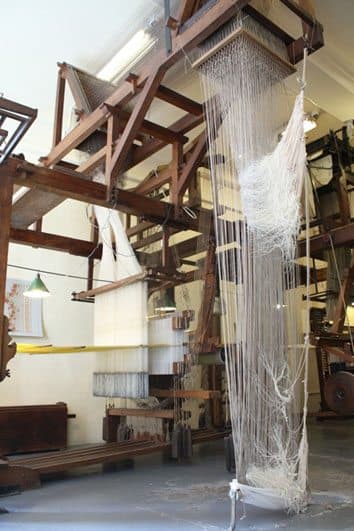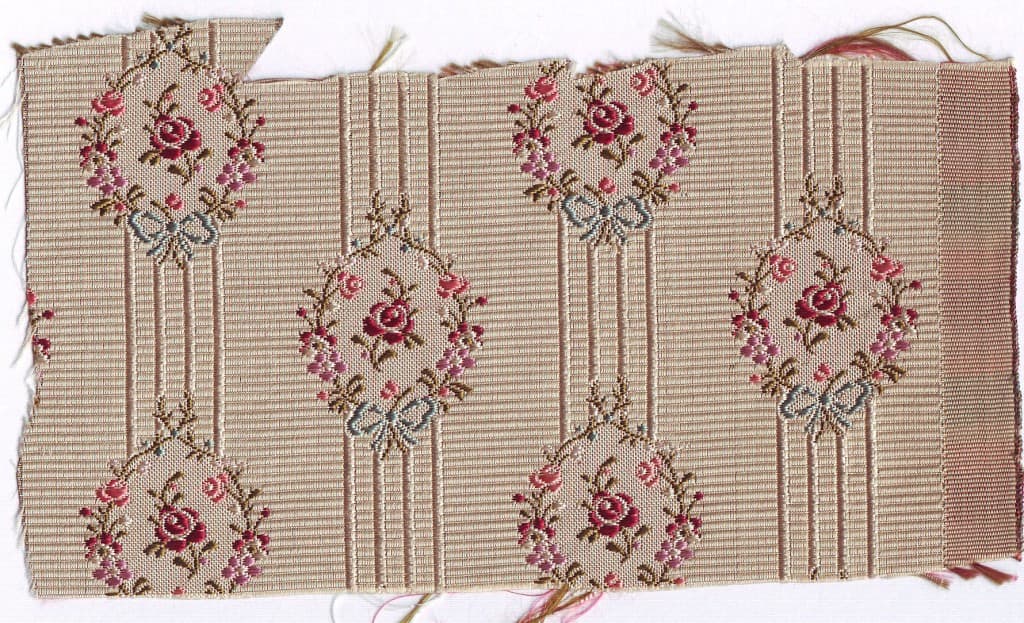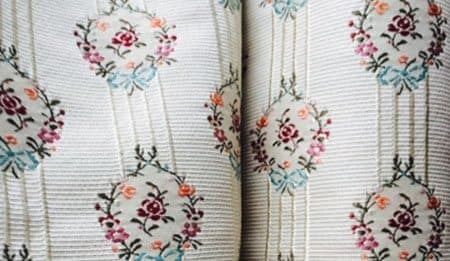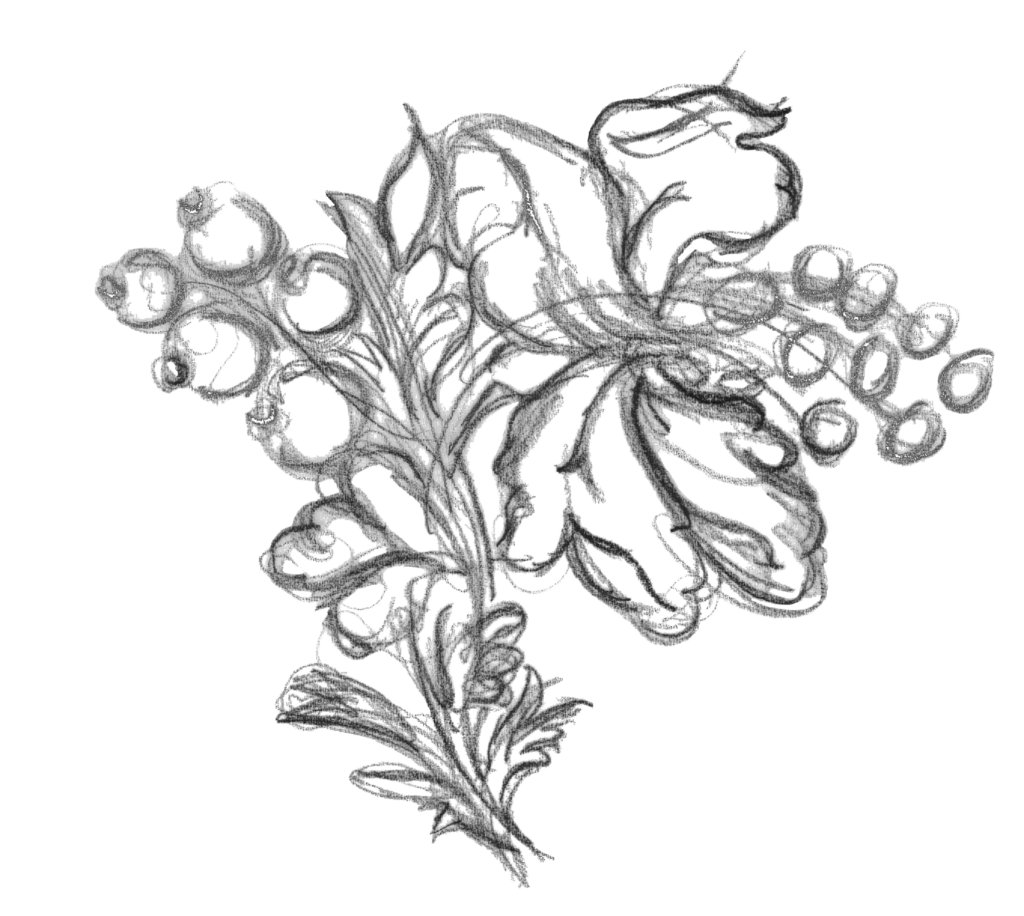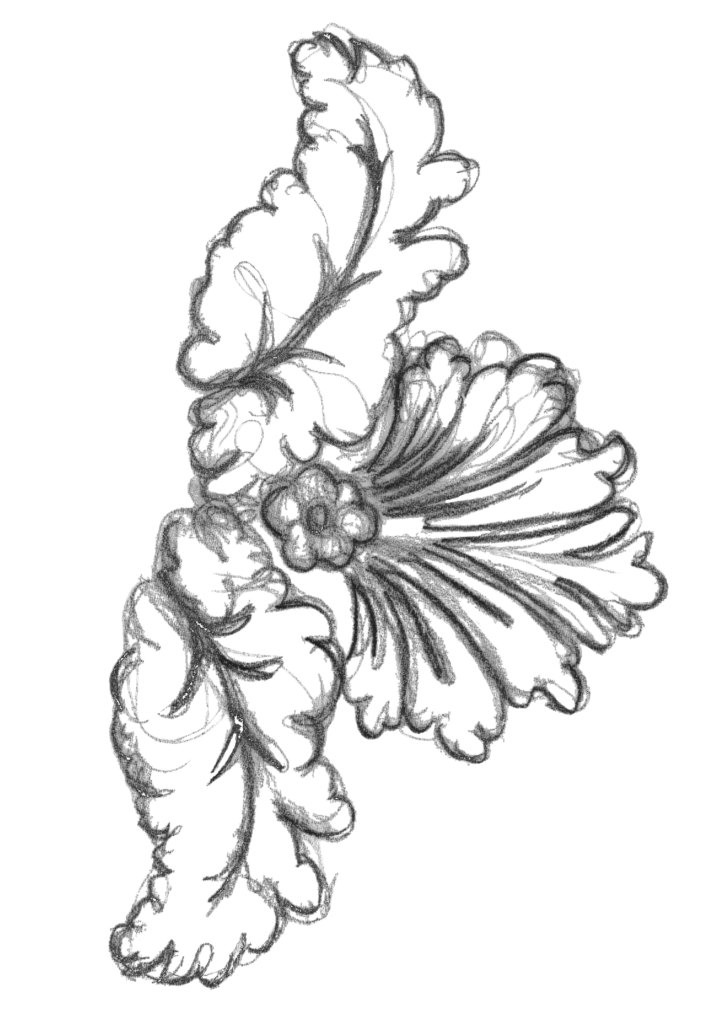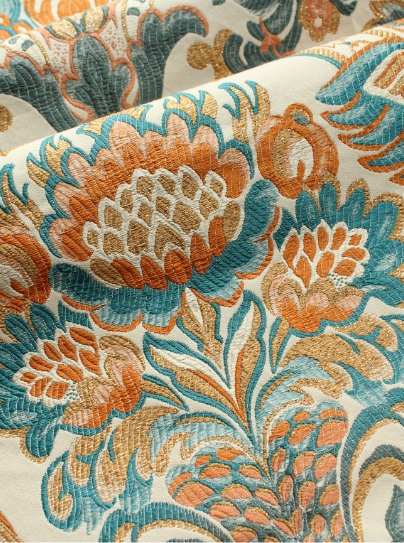A Lyon story of the lost locket – by Richard J. Humphries
The home of silk weaving in France is the central city of LYON. Here for centuries the art and mystery of creating the most noble of fabrics has carried on, woven by hand on timber frame looms in the back alleys of the ancient city.
The city is also home to the renowned Musée des Tissus de Lyon (Lyon Textile Museum) which now sadly faces closure due to lack of resource.
It was during a visit to the city of Lyon in 1979 that the trail led me to visit the Maison des Canuts, the Museum of Silk Weaving. At that time there was a rare Draw Loom set up for weaving along with velvet and tissue looms.
This museum was concerned with the presentation of the way the weavers used to work in their houses making intricate cloths, before the industrial revolution. The fabrics that they created were true works of art in every respect. Many of these textiles have been saved for generations of enthusiasts to see and admire at the Lyon Museum of Textiles and Decorative Arts.
My mission in Lyon was not just to visit the textile museums and see the cities historical sites but to research the making of specialist textile products. To this end I had secured an appointment with the curator of textiles at the Lyon Textile Museum. My French language skills were zero but fortunately I was able to take a friend and colleague John Flizet, who was himself half French and very much involved in the UK textile industry. Here we were able to talk of textiles and structures of cloth. We were shown some beautiful woven textiles from previous centuries and lots of photographs in black and white, which were in fact duplicates of other sets of archived fabrics. We were able to keep some of the photographs and these are saved in the Humphries Weaving company archive.
One of the documented textiles was much admired during the meeting and on departure a sample of the pattern was gifted to me, in order that our collection would have a Lyon connection.
The small sample of silk lampas was subsequently filed away with all the papers and mislaid for almost thirty years. For the hand weaver the design features five changing shuttles plus a ground pick shuttle running throughout. To weave this by hand required some dexterity as five changing shuttles and one running shuttles are required in the repeat of the pattern. This complex style of weaving has today been superseded by modern single end selection controlled on modern computer driven Jacquard systems. The making of a silk textile with 6 different weft requirements can be programmed to run at high speed on a modern rapier loom to imitate what would have required all the skill of a master weaver generations ago.
The finished cloth looks as exciting as the original with its tissue figuring of a rose in a floral wreath with a ribbon bow on a weft self-colour cream striped and ribbed ground. The fabric with its small scale would probably have been intended for dress ware or perhaps for small seating, with a date of late 18th early 19th Century in style.
The possible closure of the Textile Collection in Lyon would be such a loss to all connected with textiles and should be avoided at all costs, and we can only hope that the closure is avoided and that the resource remains accessible.
You can sign the petition against the closure HERE or explore more of our figured cloths.
